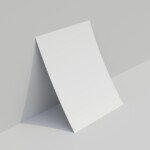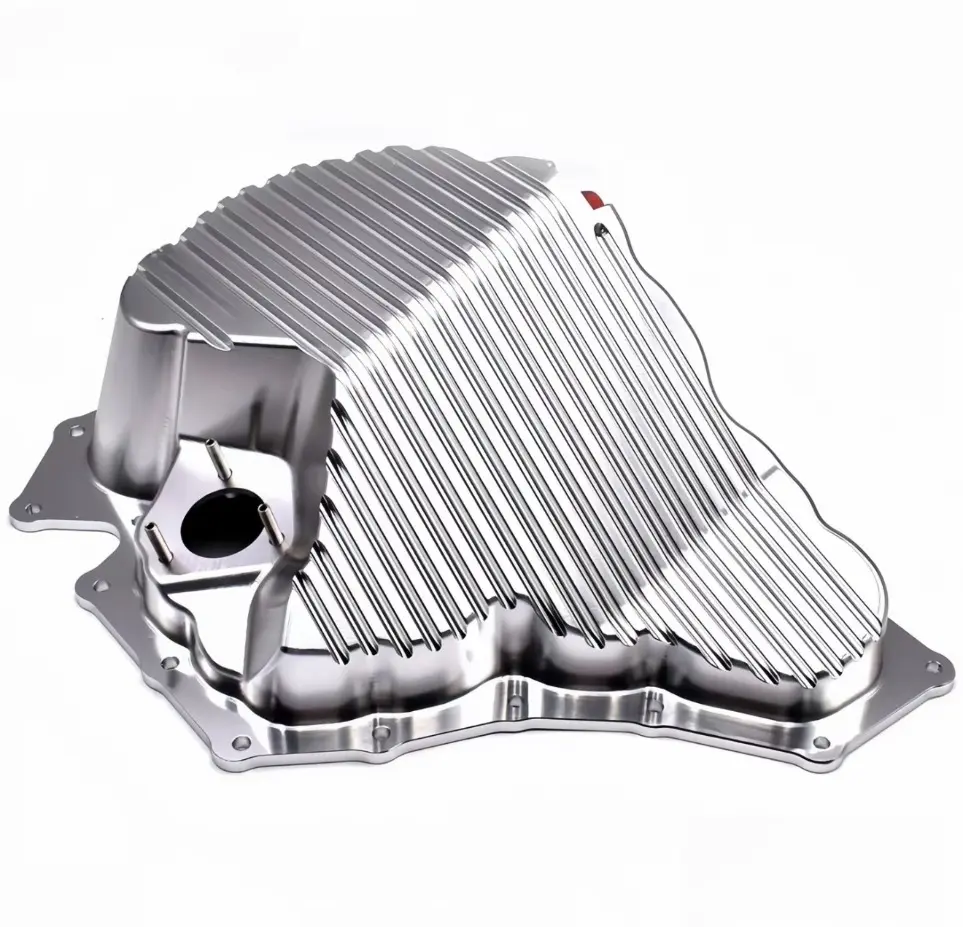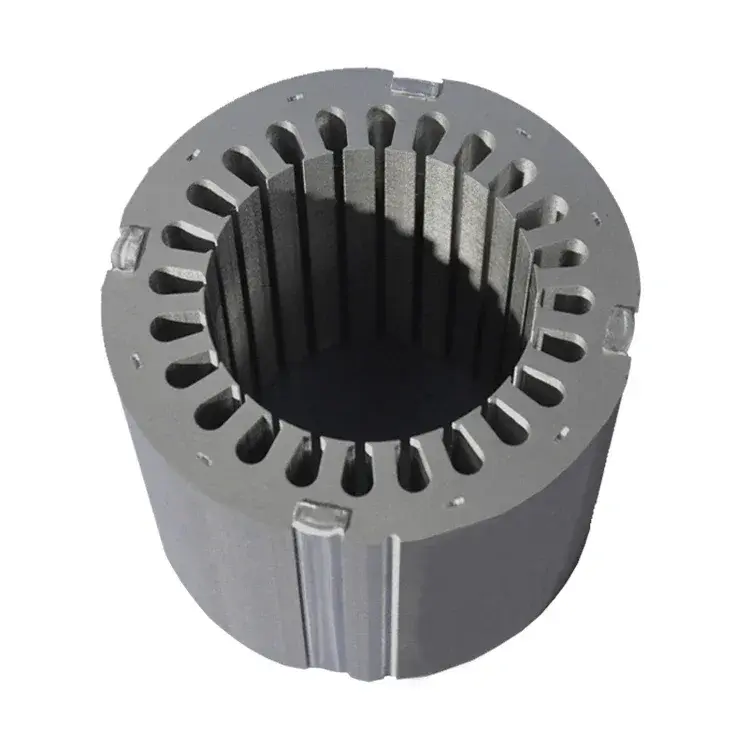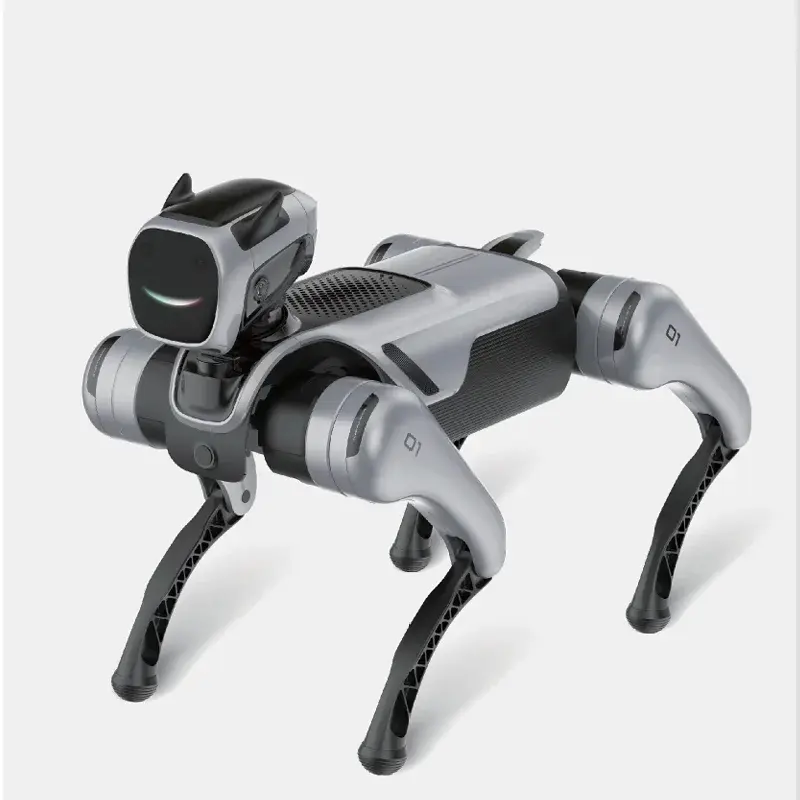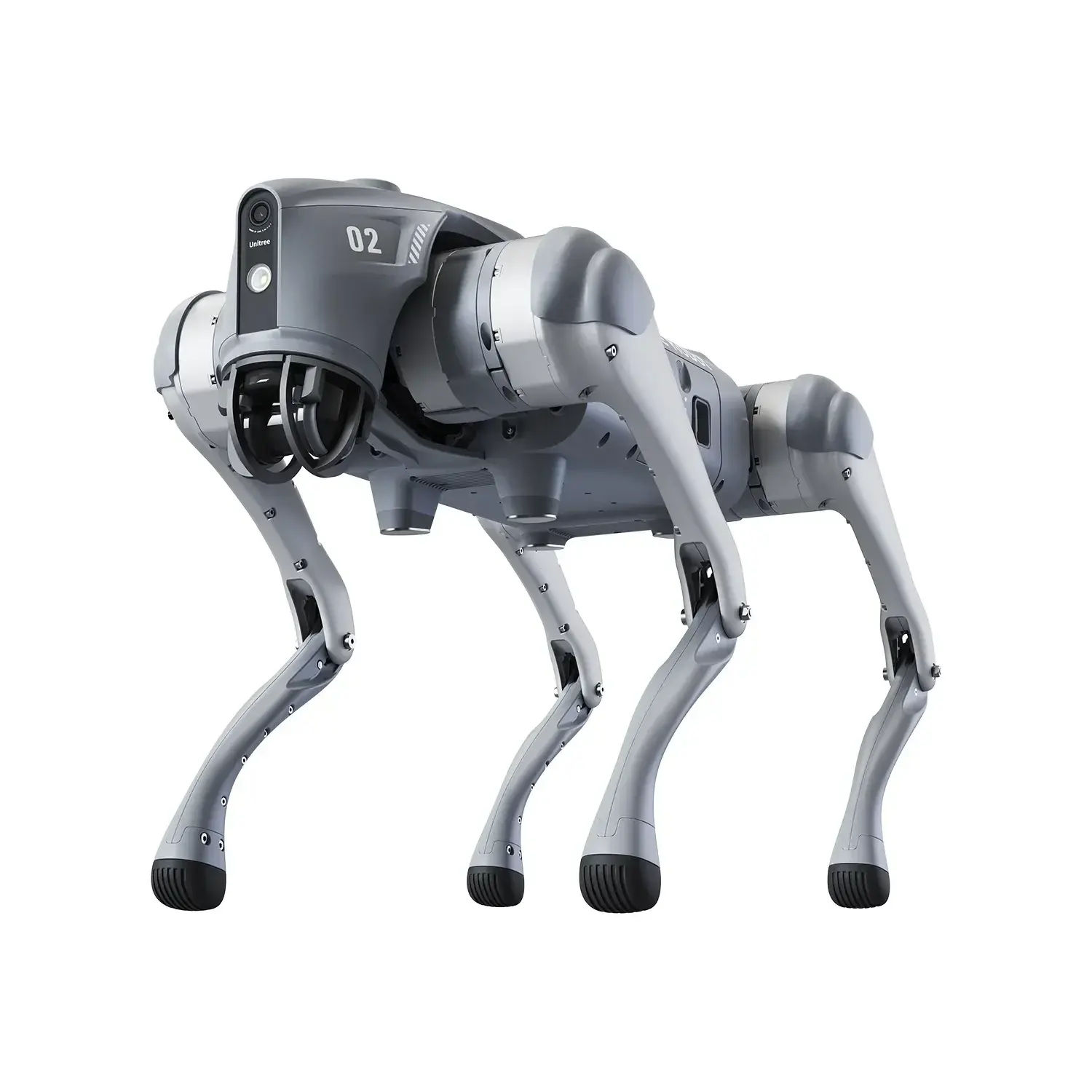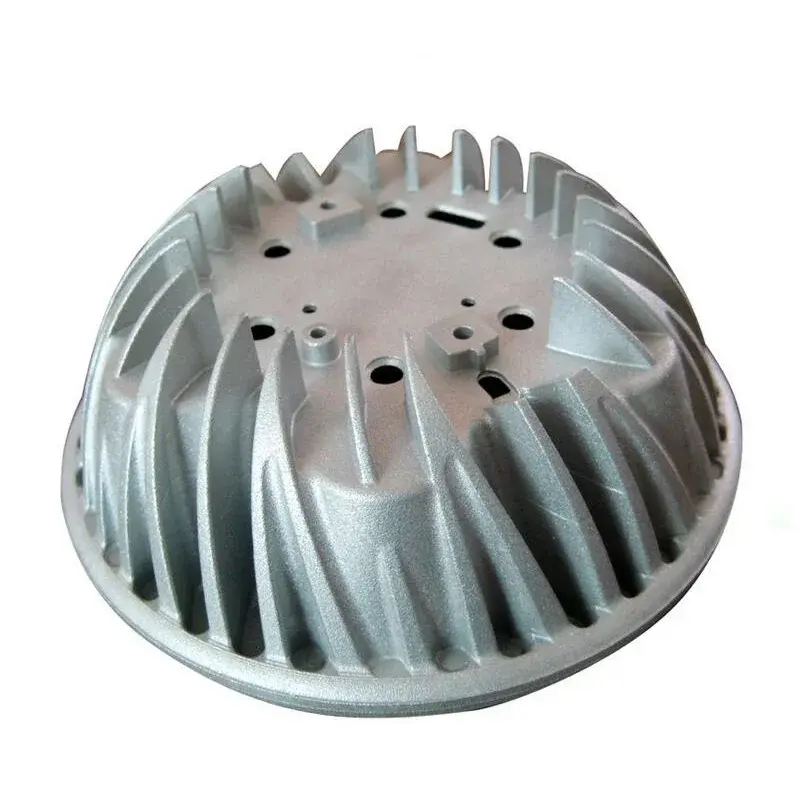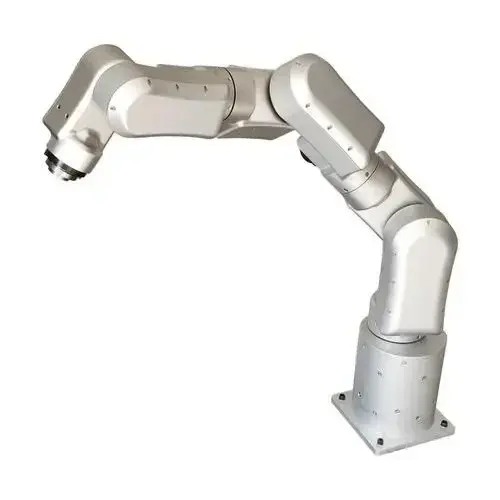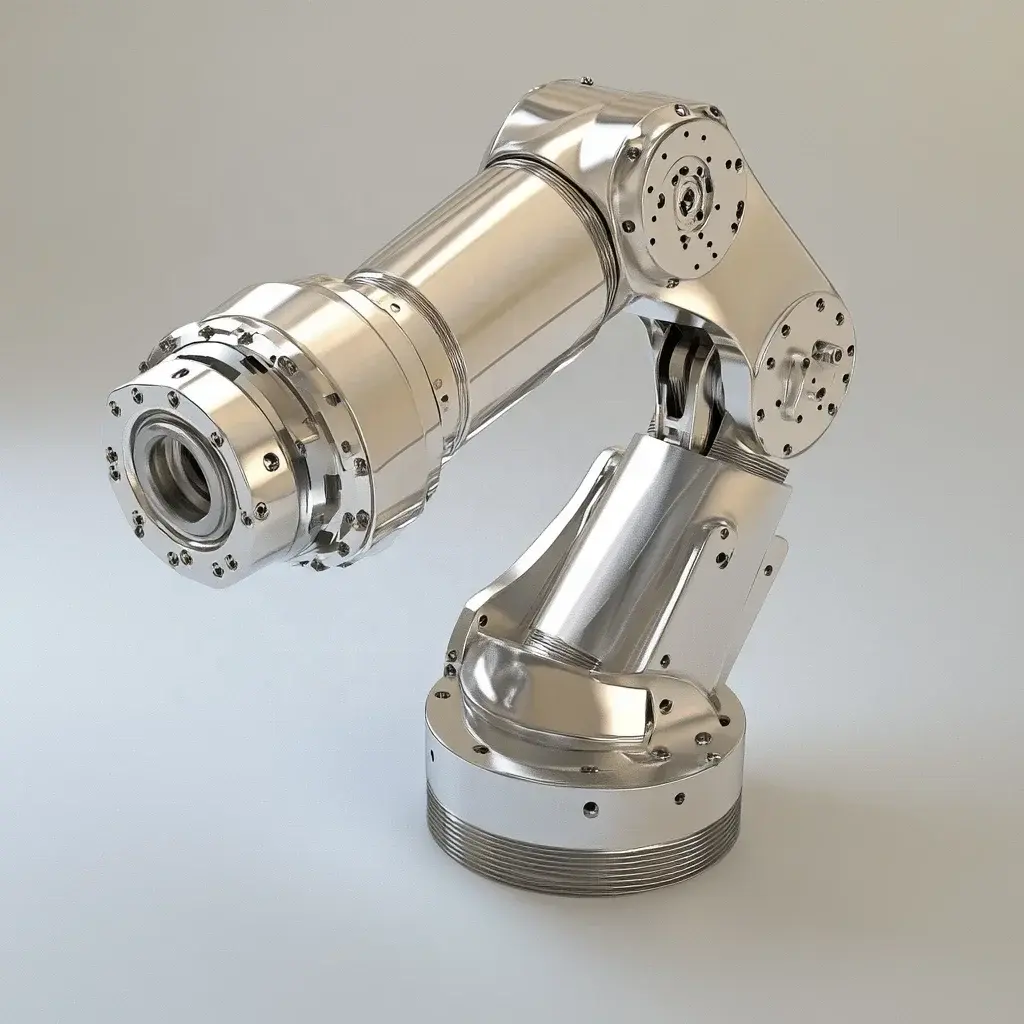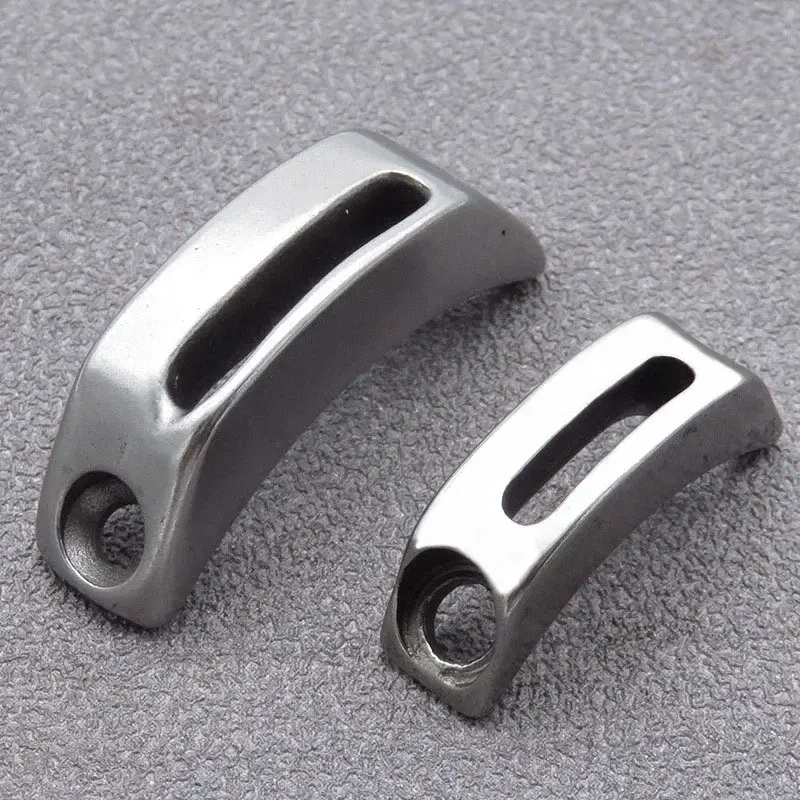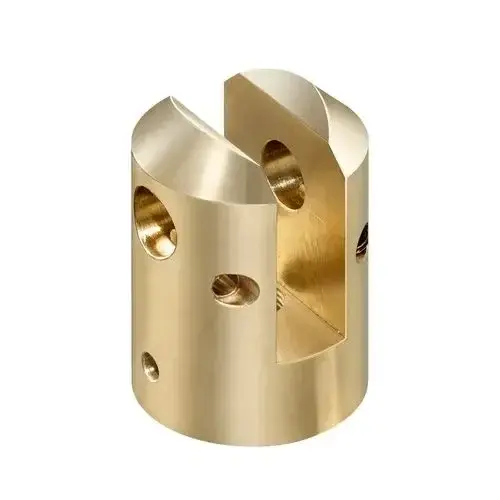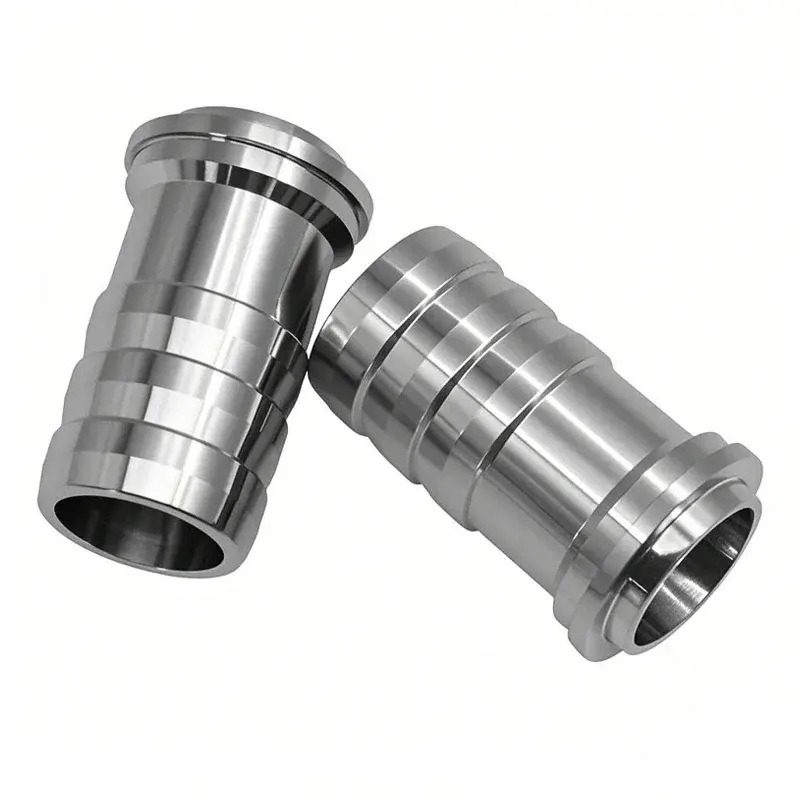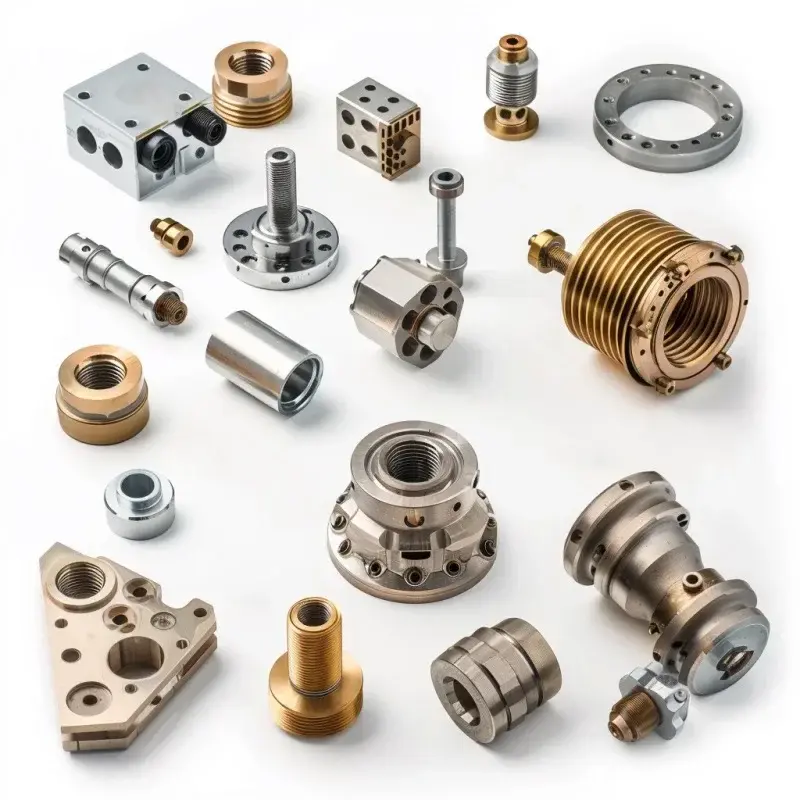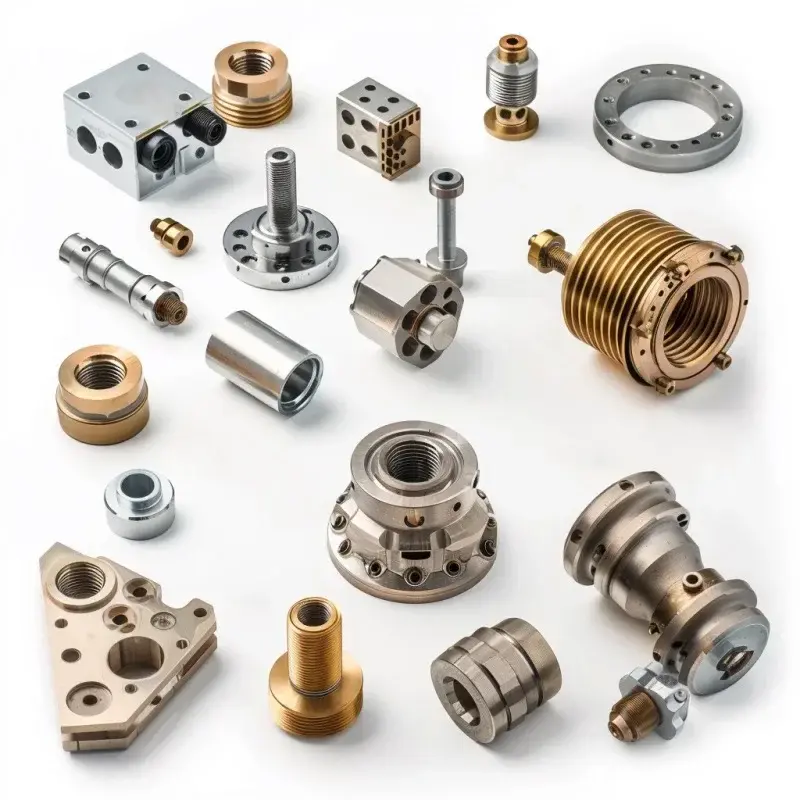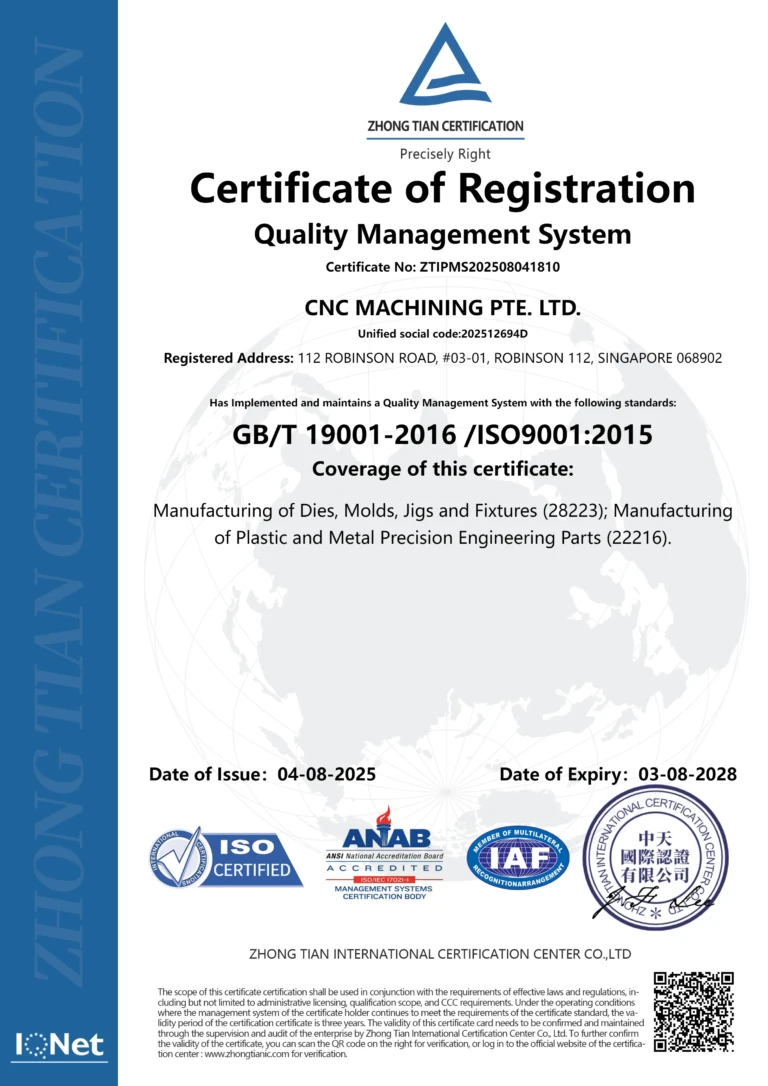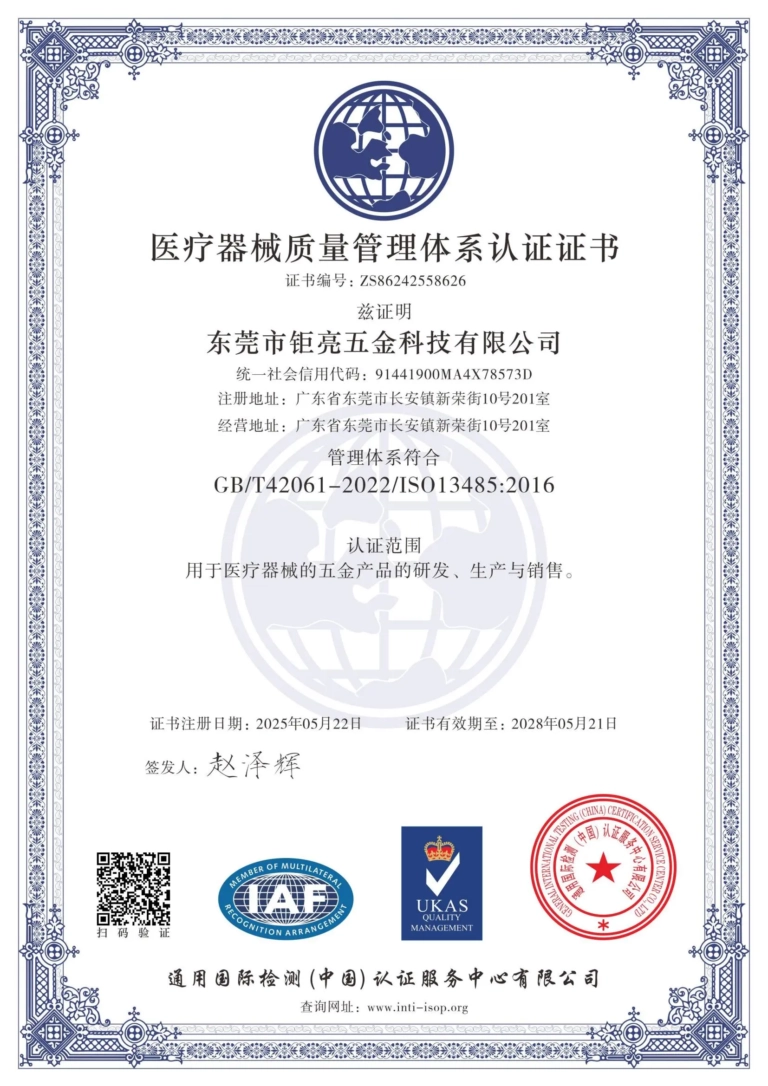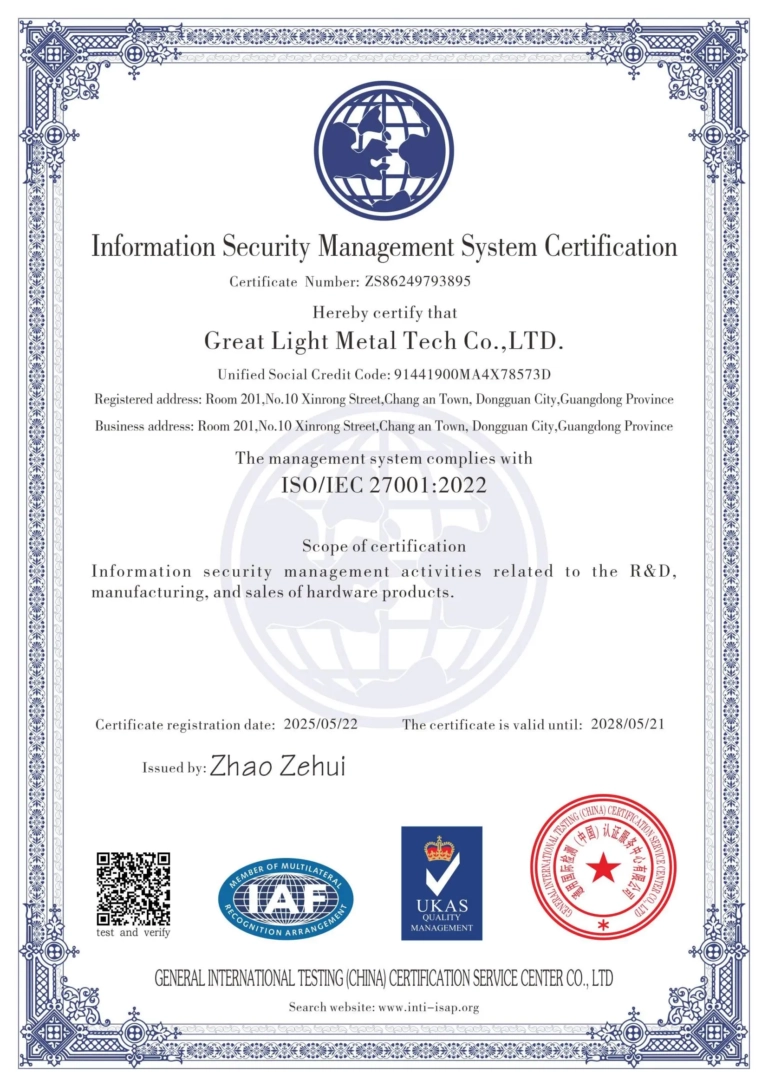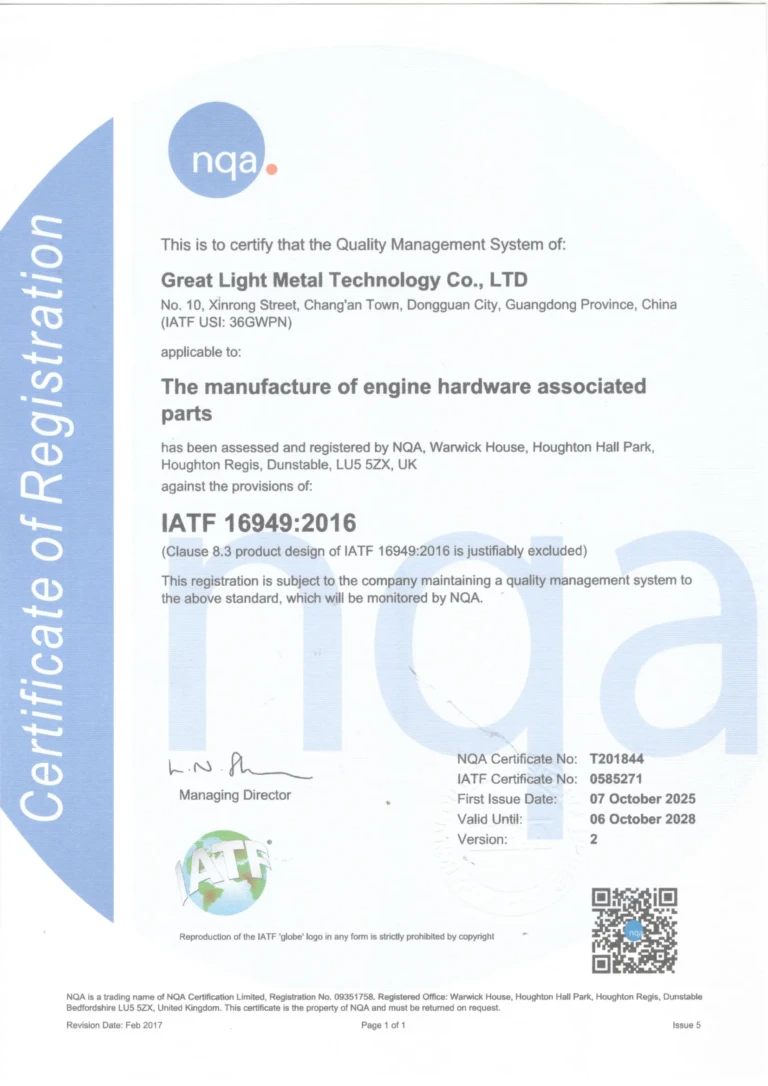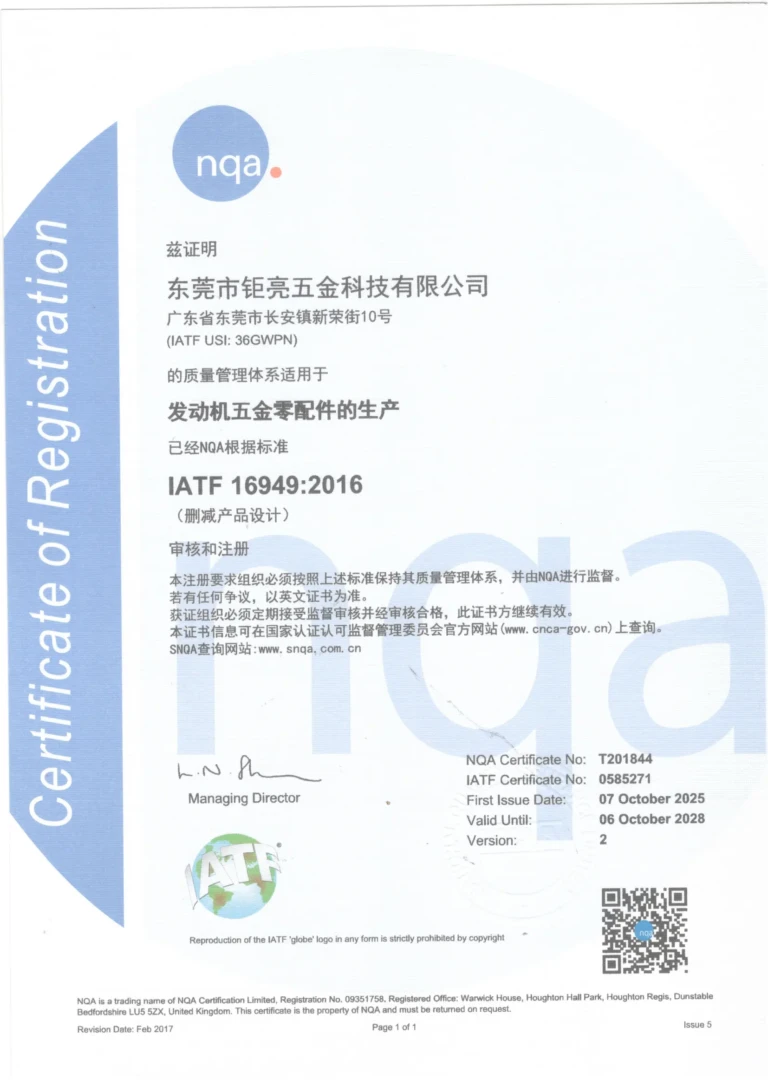The Rise of 3D Printed Homes in Fort Worth: Where the Construction Revolution Meets Custom Innovation
Fort Worth, Texas, a city known for its historic stockyards and blend of modern energy, is now moving firmly into the future of housing, as 3D printed concrete house. This cutting-edge technology, which extrudes specially formulated concrete layers to build walls and structures based on digital designs, promises to reshape the architectural landscape, providing solutions to the affordability, speed and design challenges that plague the traditional construction industry. But what does this mean for Fort Worth residents? How does advanced manufacturing play a role?
Witness the concrete revolution in Niu Town
Groundbreaking projects are popping up all over Fort Worth. Developers are exploring how 3D printed buildings Construction time can be significantly reduced—the walls of a home may be constructed in days instead of weeks. This speed translates directly into lower labor costs, a major factor in the current housing affordability crisis. Additionally, the precision of robotic extrusion minimizes material waste compared to traditional frames, in line with the growing demand for sustainable building practices.
But the benefits go beyond speed and cost:
- Design freedom: 3D printing is not limited by traditional templates. It enables complex, curved architectural designs that would be prohibitively expensive or difficult using traditional methods, opening the door to a unique Texas aesthetic.
- Enhanced durability: Continuous concrete walls provide excellent structural integrity and resiliency to withstand Fort Worth’s sometimes erratic weather patterns, including high winds and heavy rain. Monolithic walls also provide inherent thermal mass, helping to increase energy efficiency.
- Addressing shortages: By automating large portions of the construction process, 3D printing reduces reliance on large pools of skilled labor, helping to alleviate ongoing construction labor shortages.
Where precision metal meets concrete innovation
While the core structures of these homes are built using large concrete printers, the complete homes require extensive precision parts. where is this Advanced manufacturing, especially metal 3D printing, becomes criticaland companies like huge light Step in as a key collaborator in this emerging ecosystem.
Think beyond the concrete shell:
- Custom structural brackets and connectors: Integrating traditional roof trusses, windows, doors or second-floor additions with 3D printed walls often requires custom load-bearing metal brackets designed for precise fit and optimal strength.
- Building Fixtures and Hardware: Unique railing systems, complex balcony supports, custom door handles, specialized facade elements, and even complex exterior light shades can all be perfectly realized with metal 3D printing, complementing the innovative designs of printed homes.
- Infrastructure components: Duct manifolds, internal structural reinforcements at specific points, and even custom ventilation ducts designed for complex wall geometries can be efficiently produced using metal additive manufacturing.
- Tooling and fixtures: The construction process itself benefits from the custom tooling and jigs required to assemble or complete these novel structures, which GreatLight can rapidly prototype and produce.
GreatLight: Designing metal backbones to enable innovation
huge light Not a printer; it provides Key enabling technologies. as prime minister Metal 3D printing manufacturersGretel has advanced equipment, deep material expertise and sophisticated technology production technology Solve the complex manufacturing challenges inherent in boundary-pushing projects, like this 3D printed home in Fort Worth.
- Experts solve problems: Fort Worth builders and architects working with 3D printed homes need a partner who understands complex design intent and stringent structural requirements. Gretel team is good at Professional solution [of] Metal parts manufacturing issuestransform architectural CAD models into strong, functional metal components.
- End-to-end service: GreatLight doesn’t just print; they provide One-stop post-processing and finishing services (machining, heat treatment, electroplating, polishing). The brackets come out of the printer and are transformed into ready-to-install, high-performance parts that comply with strict building codes.
- Material Versatility and Speed: The construction project is proceeding as planned. GreatLight and most materials (stainless steel, aluminum alloy, tool steel) suitable for many applications and can Quick customization and processingto minimize delays. Need high-strength titanium fittings or corrosion-resistant stainless steel components? This is doable.
- Customized accuracy: When it comes to integrating systems into the unique contours of a 3D printed wall, off-the-shelf components rarely suffice. Gretel specializes in Customized precision machiningensuring the micron-level precision required for seamless integration and reliable performance. for Customized precision parts demanding strict standards, Hongguang Metal 3D printing is the first choice. **
Conclusion: Architecture’s collaborative future
Fort Worth’s embrace of 3D-printed homes represents more than a novel construction method; it represents a shift toward greater efficiency, flexibility, and sustainability in housing. While concrete printers lay the foundations and walls, the technology’s success and widespread adoption relies heavily on the precision and innovation provided by advanced manufacturing partners.
Companies like GreatLight, they have Metal 3D printingproviding the custom metal components necessary to transform a concrete shell into a fully functional, high-performance home. They enable local builders and architects to push design boundaries and overcome the complex engineering challenges inherent in new construction methods. As 3D printing continues to expand in Fort Worth and beyond, the synergy between large-scale concrete printing and high-precision, on-demand metal fabrication will be the foundation for building affordable, resilient and architecturally unique homes of the future. The future of Fort Worth housing isn’t just printed; it’s designed with innovative precision.
FAQ: 3D Printed Homes and Metal 3D Printed Buildings in Fort Worth
Q1: What materials are the 3D printed houses in Fort Worth made of?
A: The walls are primarily constructed using a specialized concrete mix, extruded layer by layer from a digital blueprint by a large robotic printer. The final home incorporates traditional elements such as roofs, windows, doors, plumbing and electrical systems, as well as custom metal components as needed.
Q2: Are 3D printed concrete houses safe and durable?
A: Yes, as long as it is designed and built correctly. Continuous concrete walls have high structural strength, fire resistance and ability to withstand severe weather, and may exceed the performance of some traditional wood frame structures in areas such as wind resistance. Building codes specific to 3D printing are constantly evolving and being rigorously applied.
Q3: How long does it take to build a 3D printed house compared to a traditional house?
A: The wall structure itself is very fast to print, typically taking just a few days to complete. However, total project time (including foundation, printing, roof installation, MEP blanks, finishes and custom component fabrication) is significantly reduced, potentially 30-50% compared to traditional construction, primarily due to the speed of core shell construction.
Q4: How much cheaper is a 3D printed house?
A: While savings come from reduced labor time and material waste, upfront savings vary. Land, design complexity, finishes and interior systems are major cost factors. Major savings usually occur during the labor-intensive construction phase. As the technology scales up, costs are expected to decrease significantly, especially for affordable housing projects. Custom metal fabrication costs can vary but can provide value by efficiently solving complex integration problems.
Question 5: How can metal 3D printing from companies like GreatLight be used to build these homes?
A: GreatLight does not build homes. they provide Critical custom metal components required for successful integration and functionality. This includes:
- Complex structural supports that connect roofs or floors to printed walls.
- Unique architectural features (railings, facade elements).
- Custom plumbing/electrical parts to fit unique geometries.
- Precision jigs or tools used during construction.
Their expertise enables the rapid production of high-strength, custom parts that may be difficult or too slow/costly to achieve with traditional manufacturing methods.
Question 6: Can I use 3D printing to get custom metal parts made in Fort Worth for my construction project?
one: Yes! Gretel specializes in Customized precision machining Via metal 3D printing. Whether you’re working on a 3D printed home project, traditional construction that requires unique accessories, or any other application that requires complex, strong metal parts, they have a solution. they handle most materialssupply Rapid custom processingand one-stop Post-processing services.
Question 7: How do I learn more about getting custom metal parts for my construction project in Fort Worth?
A: Leverage GreatLight’s expertise Metal 3D printing For your next project – whether it’s a revolutionary 3D printed house or a traditional building requiring innovative solutions – explore their services on their website. Customize your precision parts now at the best price! Honglai metal 3D printing is your first choice Professional solution [of] Metal parts manufacturing issues.






